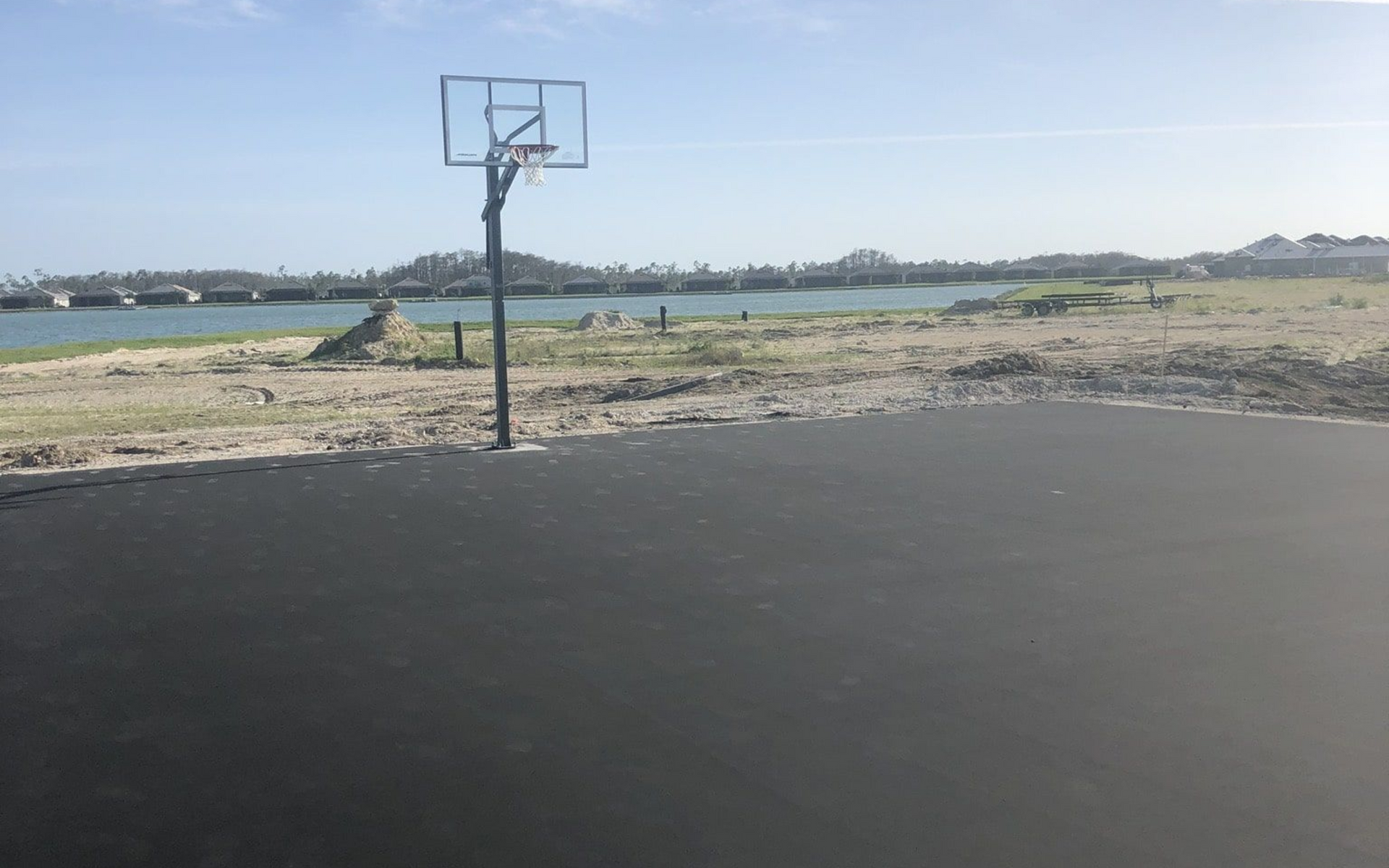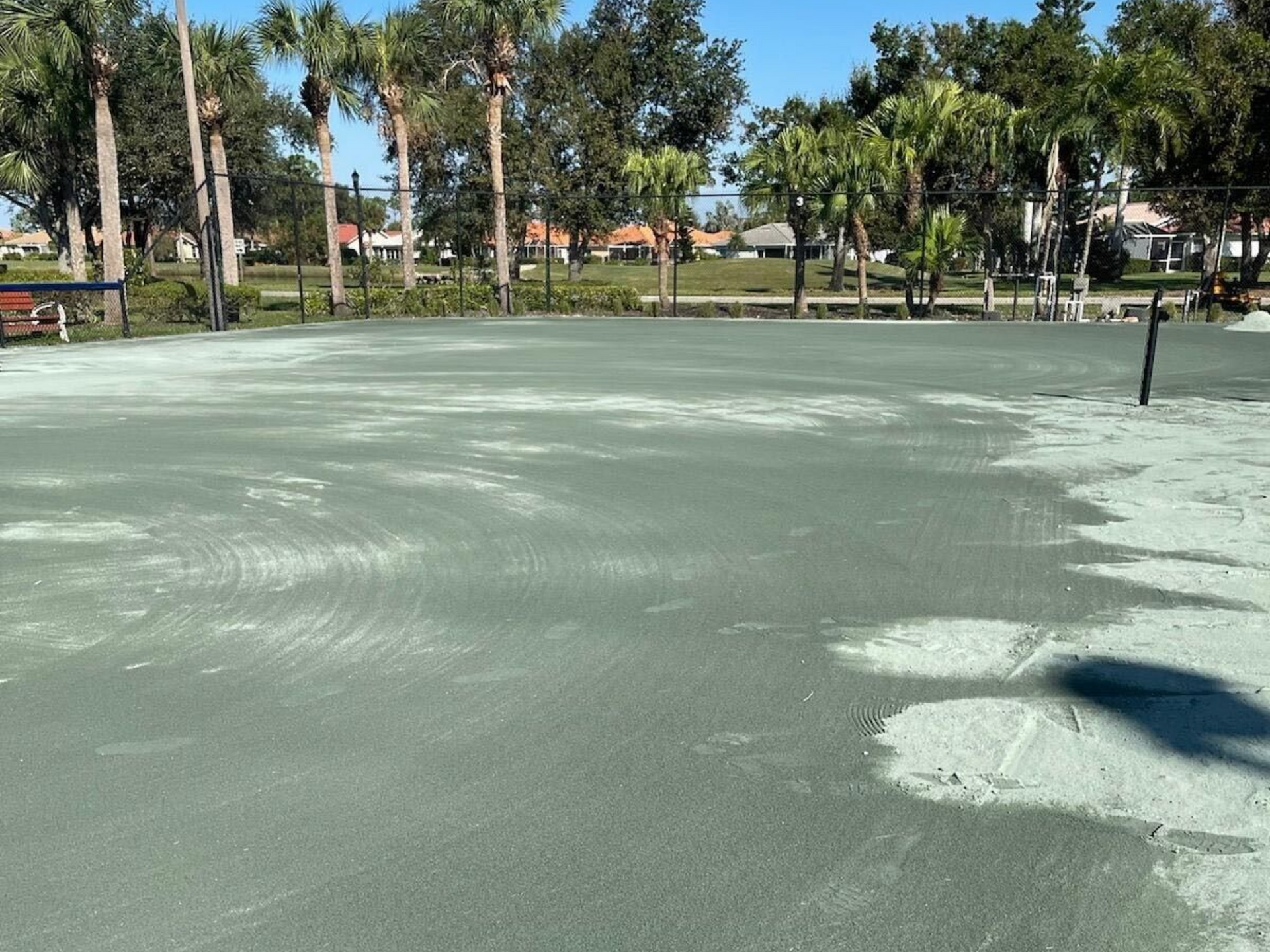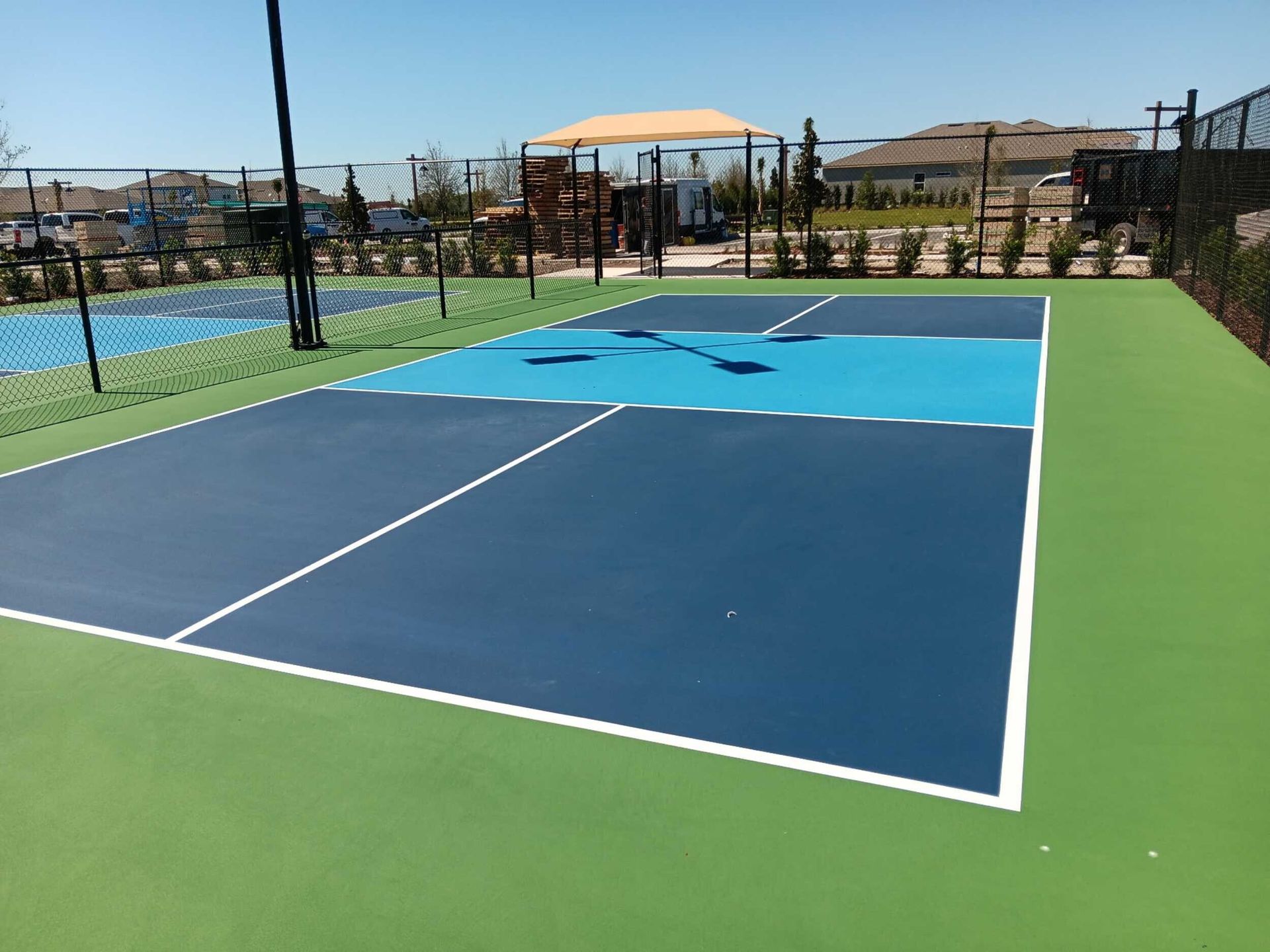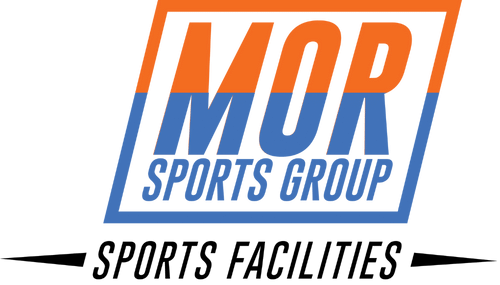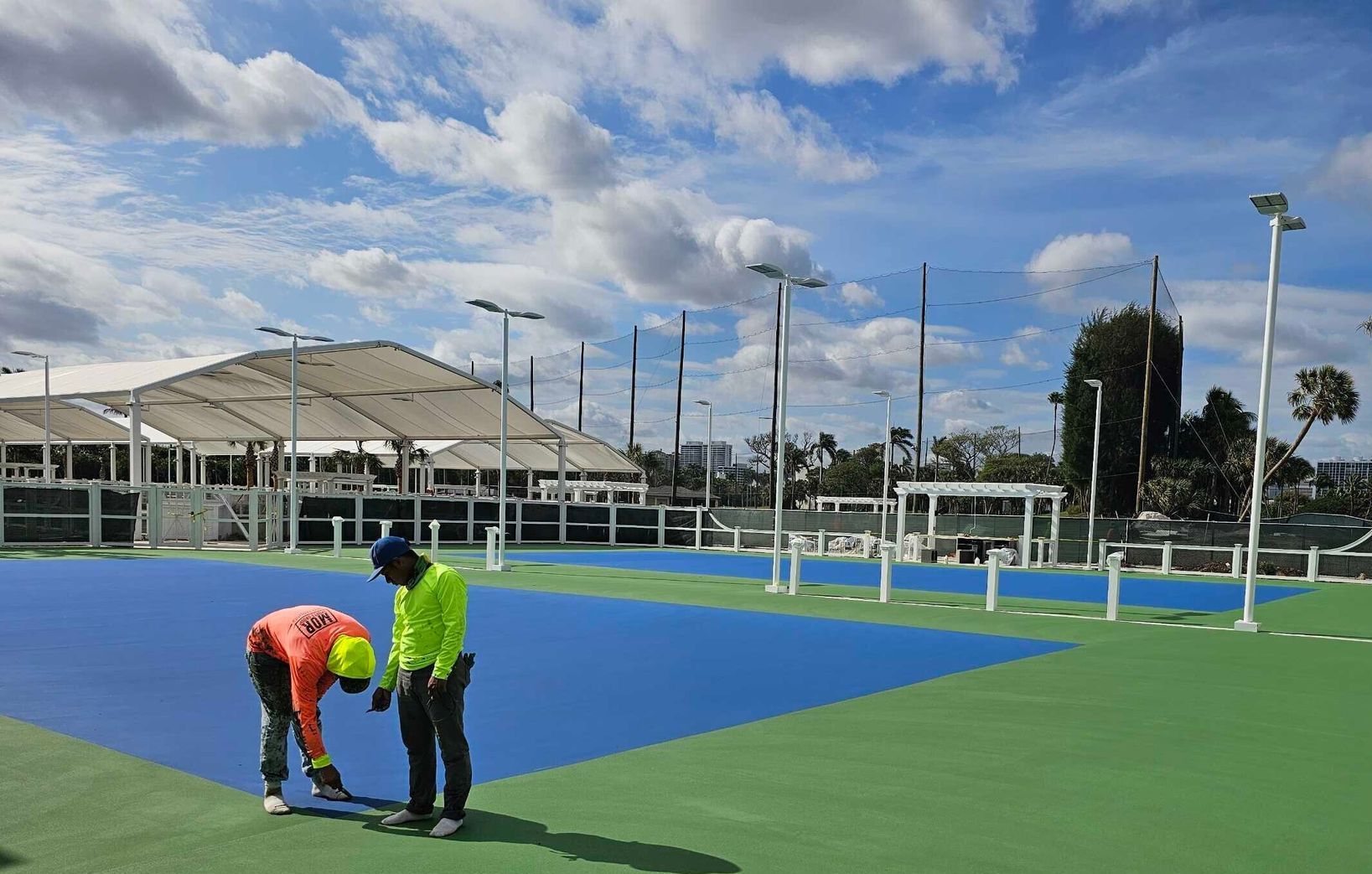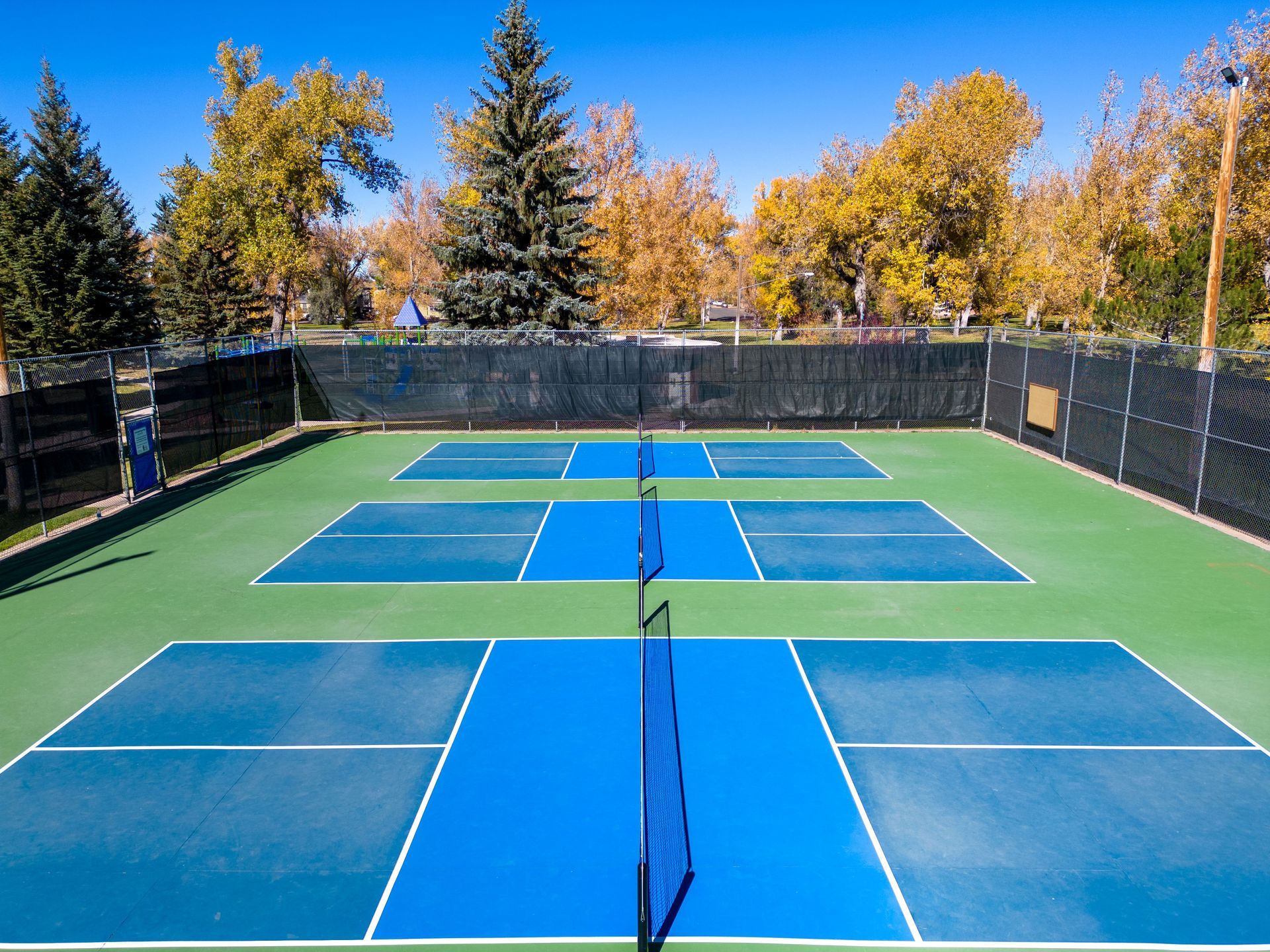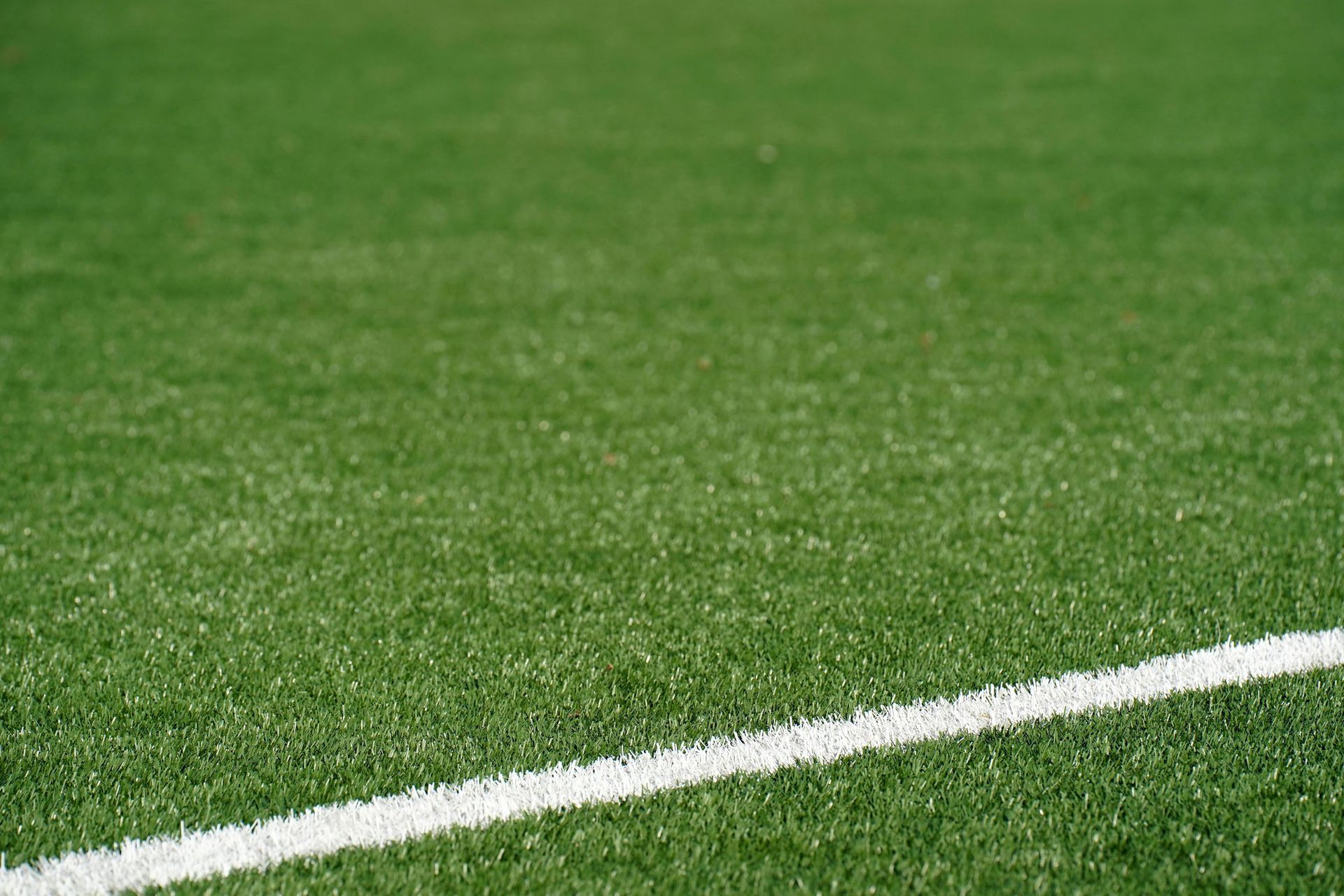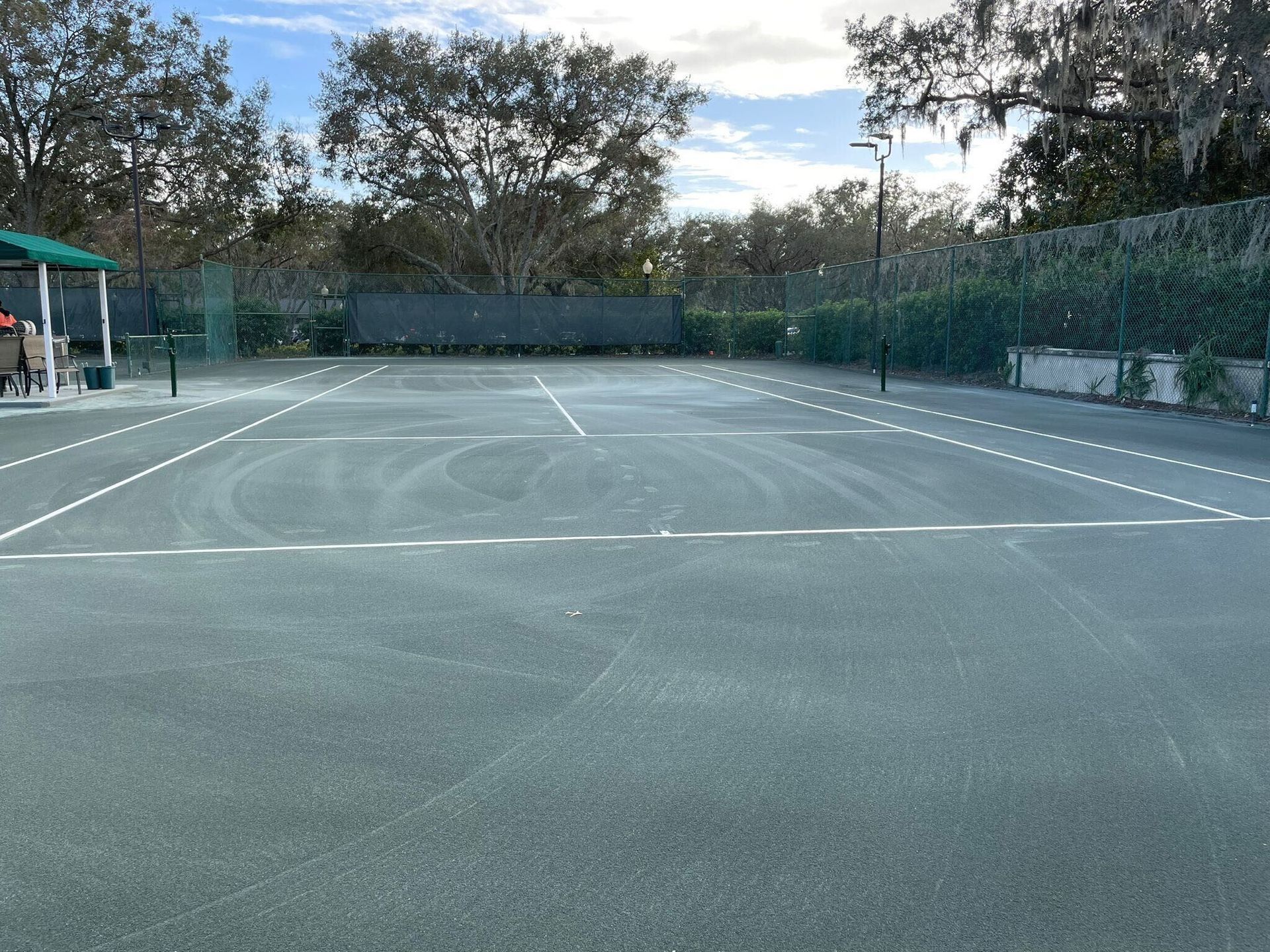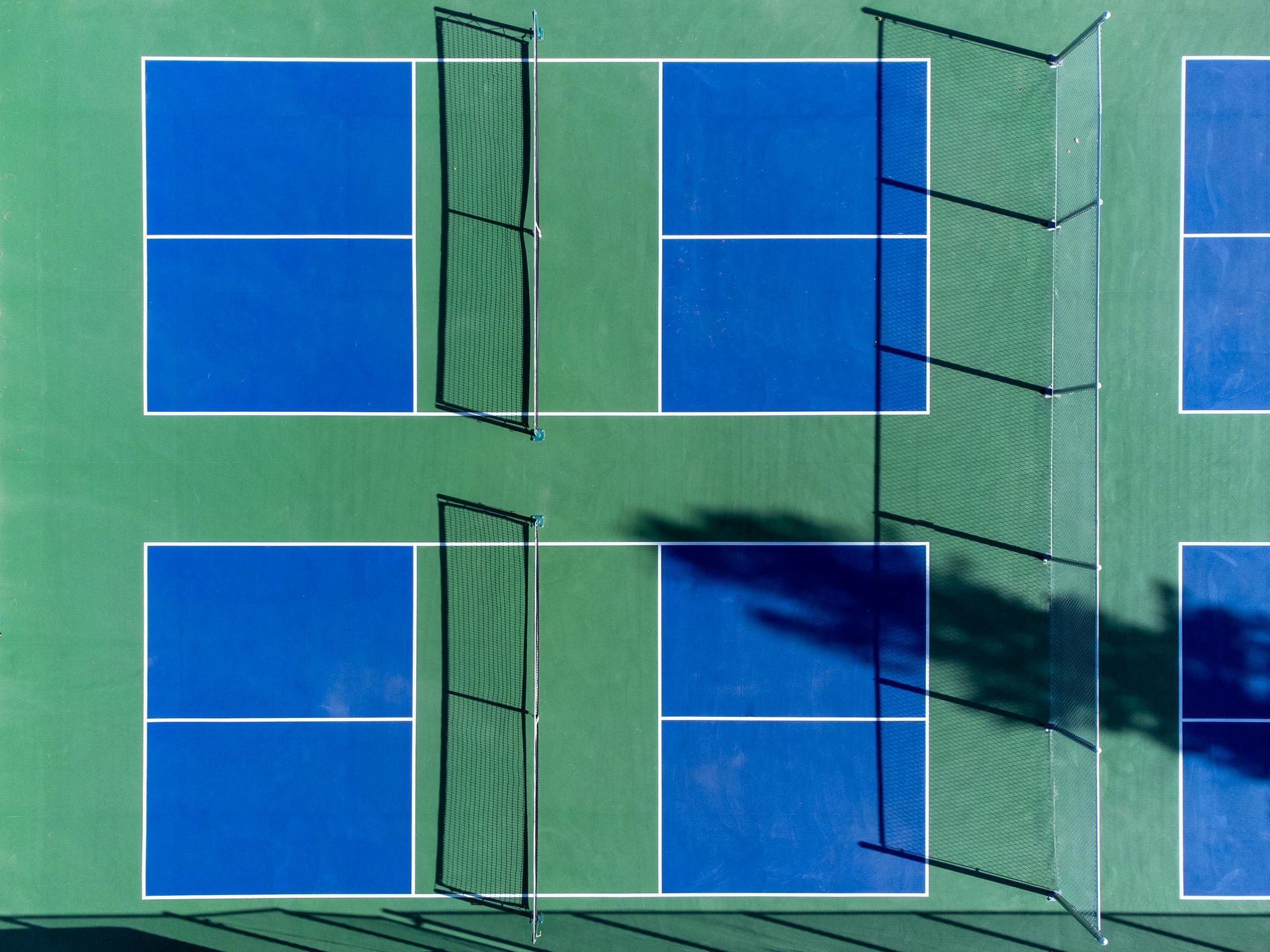Optimal Lighting Solutions for Outdoor Pickleball Courts

Lighting isn’t always the first thing that comes to mind when planning or upgrading a pickleball court, but it should be. The right lighting setup is essential for visibility, safety, and an overall great playing experience. From backyard courts to full-scale sports complexes, smart lighting choices can elevate performance and extend playtime into the evening.
This article covers everything you need to know, including lighting standards, design layouts, and fixture recommendations, so be sure to read through to the end to make the most informed decision.
Why Lighting Matters for Outdoor Pickleball Courts
Great lighting doesn’t just let players see the ball — it defines how long they can play, how safe they feel, and how likely they are to come back.
The Rise of Pickleball and Extended Playtime Needs
Pickleball isn’t just a trend — it's a movement. With millions of players across the U.S. and hundreds of new courts opening up, evening play is in high demand. More facilities are realizing they need lighting that supports extended hours without sacrificing visibility or comfort.
Visibility, Safety, and Player Experience
Dim or poorly placed lights can cause glare, shadows, or uneven brightness, which can lead to:
- Missed shots
- Player collisions
- Eye strain and fatigue
Consistent, high-quality lighting lets players stay focused and play safely, even during nighttime matches.
Key Lighting Standards and Requirements
You don’t need to guess what makes a good lighting setup. There are well-established guidelines that ensure courts are bright, even, and glare-free.
Recommended Footcandle Levels for Recreational and Competitive Play
Footcandles measure the amount of light reaching the court surface. Here’s what’s generally recommended:
- Recreational play: 20–30 footcandles
- Club-level/competitive play: 30–50 footcandles
- Broadcast or tournament settings: 75+ footcandles
These levels help ensure that both the ball and court lines are clearly visible.
Ideal Uniformity Ratios and Glare Reduction
Uniformity matters just as much as brightness. The ratio of brightest to dimmest areas should ideally be 2:1 or lower to avoid visual strain and dark spots.
Glare control is another key factor. Using asymmetric fixtures and proper shielding helps reduce direct light in players’ eyes.
Pole Height and Fixture Placement Guidelines
Typical setups use 20 to 26-foot poles, depending on how many are installed. The poles should be placed:
- At least 3 feet behind the baseline to prevent visual obstructions
- Evenly spaced on both sides of the court to distribute light symmetrically
Comparing Lighting Configurations: Two Poles vs. Four Poles
The number and placement of poles drastically change how the light spreads across the court.
Pros and Cons of Two-Pole Lighting Systems
Two-pole systems (one on each side) are common for budget-conscious installations, but they come with trade-offs.
Pros:
- Lower initial cost
- Faster installation
Cons:
- Uneven lighting
- More shadows in the far corners
- Limited future expansion
Benefits of Four-Pole Lighting for Even Illumination
Adding two more poles (four total) creates a much more balanced layout.
Benefits include:
- More uniform light spread
- Better control over glare
- Easier to meet competitive standards
Cost Breakdown of LED Lighting Installation (2025 Data)
Lighting isn’t cheap, but understanding where the money goes helps with smart budgeting, especially when planning for high-use facilities like courts, parks, or stadiums.
LED Retrofit Costs vs. New Installations
If you’re upgrading from metal halides or outdated halogens:
- Retrofitting can save 20–40% compared to starting from scratch
- You still get improved brightness, energy savings, and lower maintenance
Maintenance and Energy Savings Over Time
LED systems consume up to 75% less energy and can last over 50,000 hours. That’s a big deal for municipal parks or clubs looking to keep operating costs low.
Choosing the Right LED Fixtures for Outdoor Courts
Not all LEDs are created equal. You’ll want fixtures that are engineered specifically for sports applications.
AEON PRO Series: High-Efficiency, Low-Maintenance Lighting
AEON PRO fixtures are a favorite for outdoor pickleball courts. They’re known for:
- High lumen output per watt
- Low-glare optics
- IP66 waterproof rating
- Virtually no maintenance
These lights also come with 10-year warranties in many cases, making them a long-term investment.
Floodlights vs. Asymmetric and Modular LED Fixtures
Traditional floodlights scatter light in all directions, which isn’t ideal for courts. Asymmetric LEDs aim light exactly where it’s needed — on the playing surface, not the spectators or nearby homes.
Modular fixtures let you scale your lighting system easily without redoing the whole setup.
Features to Look for: Beam Angles, Wattage, IP Rating
When comparing lighting options, focus on:
- Beam angles: Narrow for focused courts, wide for multi-court setups
- Wattage range: 200W–600W depending on mounting height
- IP rating: Go for IP65 or higher for durability in rain, dust, and wind
Expert Help for Outdoor Court Lighting
If you’re not sure where to start with lighting design or installation, Mor Sports Group is a trusted name in sports facility development. They specialize in complete outdoor court solutions, including:
- Custom lighting layouts with photometric simulations
- Pole installation with wind load certification
- High-performance LED fixtures tailored to pickleball courts
- Support with local code compliance and permitting
Whether you’re lighting a private backyard court or a public park complex, MOR Sports Group helps ensure your project is up to standard and ready for long-term use. They also provide detailed CAD layouts and 3D renderings to help you visualize your court before breaking ground.
Environmental and Regulatory Considerations
Lighting must comply with local regulations while also minimizing its impact on the surrounding environment.
Dark Sky Compliance and Light Pollution Control
Dark Sky-compliant fixtures help preserve night views and reduce sky glow. These use optics that direct light downward and minimize uplight.
Minimizing Spill Light in Residential Areas
Spill light can irritate neighbors and violate local codes. Shields, cut-off angles, and lower mounting heights help keep light where it belongs — on the court.
Matching Local Ordinances on Pole Height and Wind Resistance
Cities often regulate:
- Maximum pole heights (usually 25–30 ft)
- Fixture types allowed near homes or wetlands
- Wind load ratings for pole stability
Always check with your zoning or parks department before installing.
Designing an Effective Outdoor Lighting Layout
No two court layouts are the same. A good lighting design adapts to your unique space.
Single Court vs. Multi-Court Setups
A single-court setup is easier and cheaper to light, but multi-court facilities benefit from:
- Shared poles between courts
- Centralized control systems
- More efficient fixture placement
Why a Photometric Study is Essential
A photometric study uses lighting simulation software to predict how light will perform on your actual court. It ensures:
- Even coverage
- No blind spots
- Compliance with required footcandle levels
You can get these from lighting vendors or specialty consultants.
Example Layouts and 3D Simulations
Top-tier lighting suppliers can provide 3D renderings that show exactly how your court will look post-installation. This helps in getting approvals and planning your layout.
Benefits of Modern LED Lighting Systems
Investing in modern LED systems pays off in several ways.
Energy Efficiency and Reduced Operational Costs
LEDs can lower your electricity bills by over 60%. You also qualify for energy rebates in many areas, depending on the utility provider.
Longevity and Minimal Maintenance
You won’t be climbing up poles to change bulbs every year. LEDs last for 10–15 years under regular use.
Enhanced Player Satisfaction and Facility Reputation
Brighter courts attract more players. That means:
- More memberships
- Positive word-of-mouth
- Greater revenue for your facility
Conclusion
Choosing the right lighting goes far beyond simply picking a few bright bulbs. It's about creating a space that boosts playability, ensures safety, and delivers lasting value. From backyard courts to full-scale community complexes, smart design and high-quality fixtures can truly transform the game experience.
Want help planning it out? Mor Sports Group offers outdoor lighting solutions — from design to installation — for pickleball facilities across the country.
